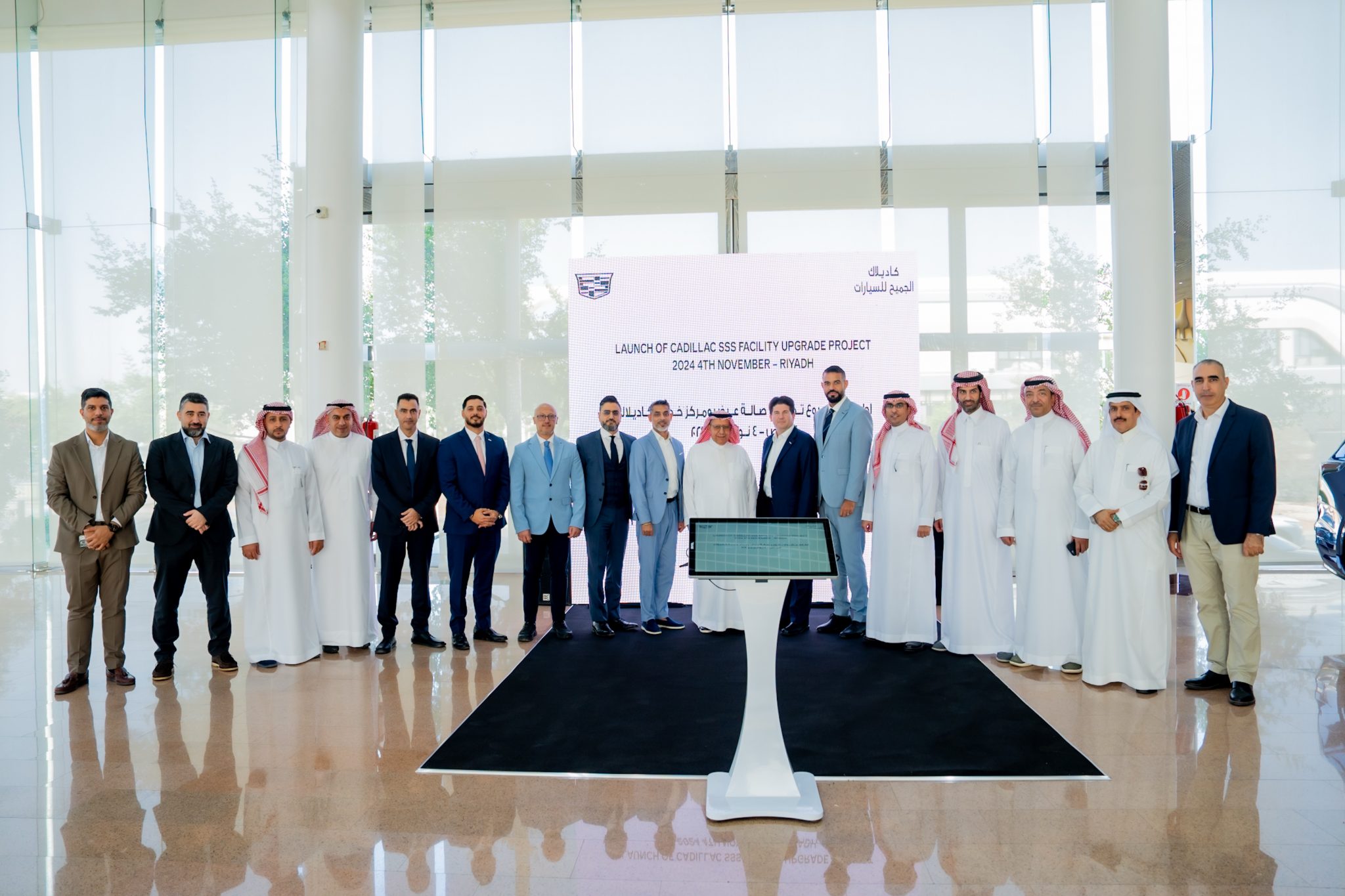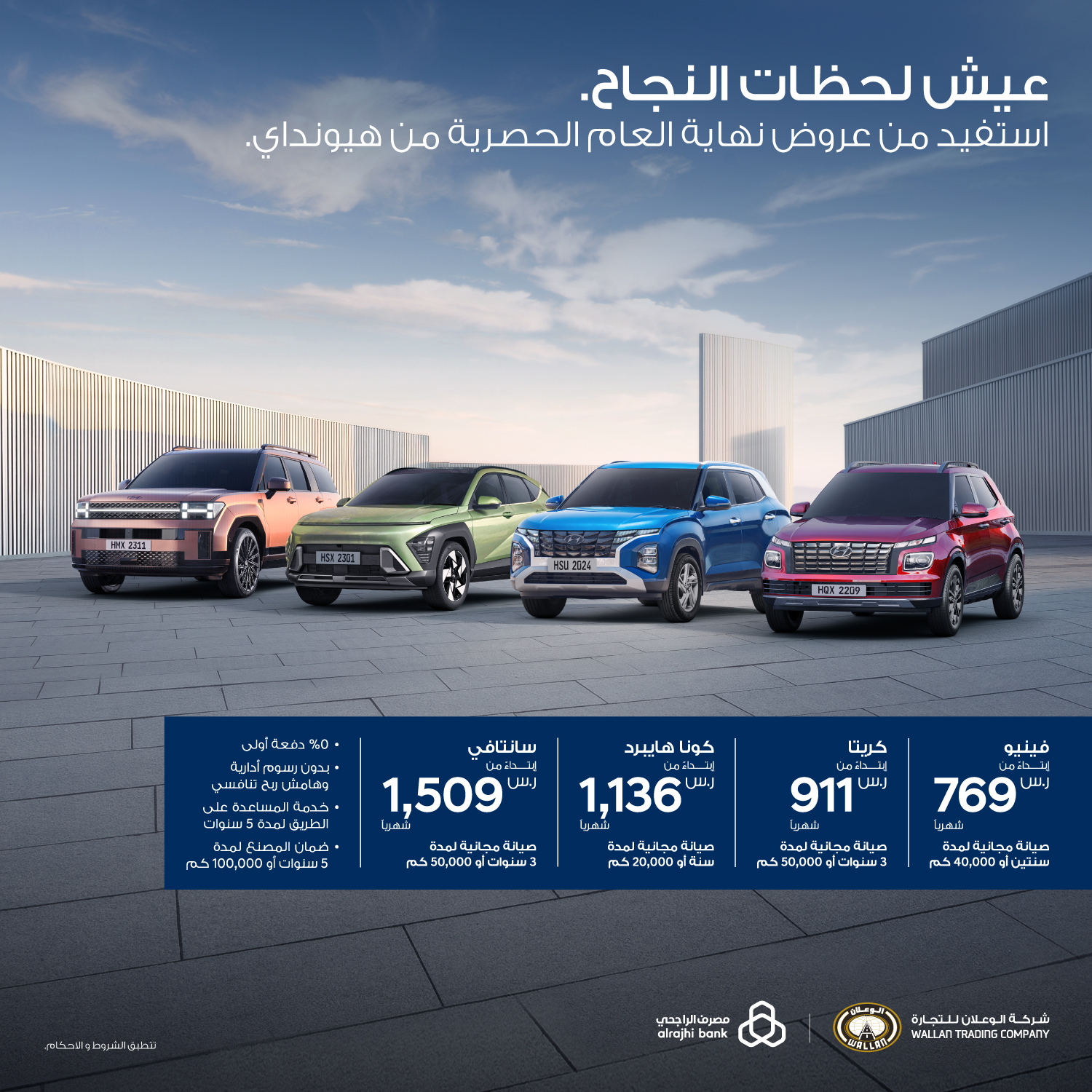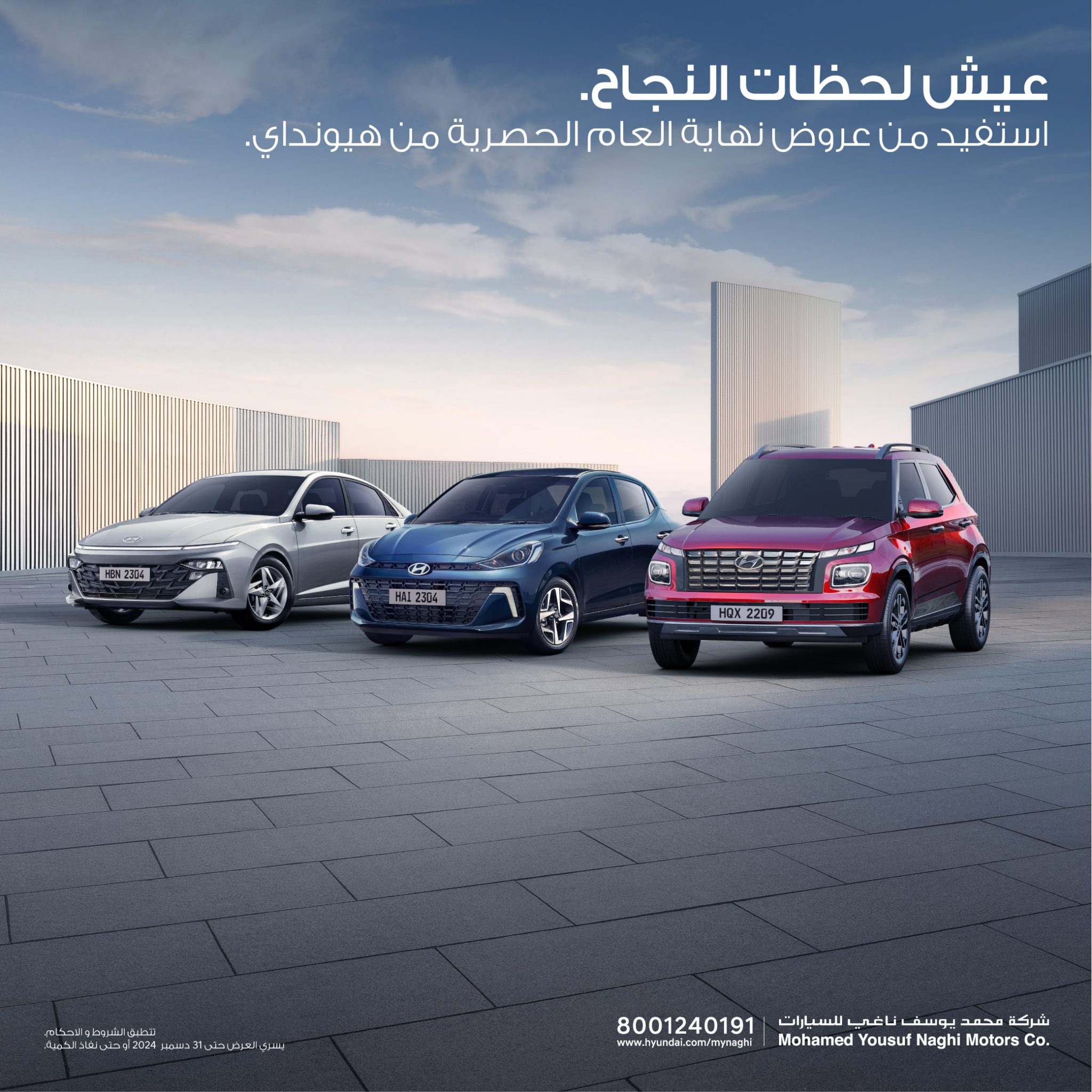أعلنت شركة كيا موتورز عن رصد إستثمار هائل لتطوير سيارات بأنظمة شبه ذاتية القيادة بحلول عام 2020، وستعمل الشركة على تقديم مجموعة من التقنيات الشبه ذاتية القيادة لمجموعة طرازاتها الحالية، وتهدف أيضاً إلى إطلاق أول سيارة بأنظمة تحكم ذاتية بالكامل بحلول عام 2030.
هذا وستبلغ المرحلة الأولى من الاستثمارات 2 مليار دولار بحلول عام 2018 ، وستعمل الشركة على تطوير مجموعة من الأنظمة المتقدمة لمساعدة السائق وتوظيف عدد أكبر من المهندسين لهذا الغرض. سيؤدي هذا الاستثمار إلى إدخال جيل جديد من سيارات كيا الذكية في السنوات القليلة المقبلة.
وعلق تاي وون ليم، نائب رئيس معهد الهندسة للبحوث المتقدمة في مجموعة هيونداي: “إن عمليات تطوير سيارات التحكم الذاتي ما زالت في مراحلها الأولية وتحتاح الى قدر كبير من البحوث العلمية والاختبارات الواقعية لجعل إنتاج سيارة “ذاتية القيادة” حقيقة واقعية. نحن لا نزال في المراحل الأولى من تطوير التقنيات الخاصة في شركة كيا، ونحن على ثقة تامة بأن أحدث الابتكارات للأنظمة الشبه ذاتية والذاتية بالكامل ستجعل القيادة أكثر أماناً للجميع في نهاية المطاف “
“أنظمة كيا المتقدمة لمساعدة السائق”
لا تزال هذه الأنظمة قيد الدراسة، وكجزء من مجموعة هيونداي تعمل كيا بشكل وثيق مع الموردين والشركات التابعة لها لتطوير مجموعة من التقنيات في ثلاث فئات مختلفة لتمكين القيادة الذاتية:
- التعرف – تطوير أجهزة استشعار جديدة للكشف عن المركبات وغيرها من المخاطر، وقراءة الطريق وتحديد ظروف القيادة السيئة.
- المحاكاه – نظم حاسوبية متقدمة تتيح للمركبة اتخاذ القرارات بناء على المعلومات التي جمعتها أجهزة الاستشعار.
- المراقبة- أنظمة إلكترونية وميكانيكية نشطة تسمح للمركبة تنفيذ القرارات التي اتخذتها تكنولوجيا التحكم الذاتي.

Kia Motors has today announced significant investment into the development of new autonomous driving technologies. By 2020, Kia plans to introduce a range of partially-autonomous driving technologies to its model line-up, and is aiming to bring its first fully-autonomous car to market by 2030
The initial stage of investment by Kia – totalling US$2 billion by 2018 – will enable the company to develop the first of its new Advanced Driver Assistance System (ADAS) technologies and employ a greater number of engineers. The investment will lead to the introduction of Kia’s next-generation smart vehicles in the coming years
Tae-Won Lim, Vice President, Central Advanced Research and Engineering Institute of Hyundai Motor Group, commented, “Fully-autonomous vehicles are still some way off, and a great deal of research and rigorous product testing will need to be carried out to make the ‘self-driving car’ a reality. Kia is still in the early stages of developing its own technologies, and we are confident that the latest innovations – both partially and fully autonomous – will ultimately make driving safer for everyone”
Kia Advanced Driver Assistance System
With ADAS still in its infancy, Kia – as part of the Hyundai Motor Group – is working closely with suppliers and affiliated companies to develop a range of technologies across three distinct categories to enable a vehicle to drive autonomously
- ‘Recognition’ – the development of new sensors to detect other vehicles and hazards, read the road ahead and identify poor driving conditions
- ‘Judgment’ – advanced computing systems allowing the car to make decisions based on the information gathered by ADAS sensors
- ‘Control’ – active electronic and mechanical systems allowing the vehicle to carry out the decisions taken by the autonomous technology in any given situation
Many of Kia’s new ADAS technologies require simultaneous input from more than one sensor, and much of Kia’s investment into research and development is allowing the car manufacturer to secure localized knowledge and establish a production-base for the high precision sensors required to realize autonomous driving technologies
Introduction of partially-autonomous driving technologies by 2020
Kia is planning to introduce a range of partially-autonomous ADAS technologies in the coming years, with an array of new functions anticipated for introduction to market by 2020
Among the new technologies currently under development is Highway Driving Assist (HDA), which combines a Lane Guidance System (LGS) and Advanced Smart Cruise Control (ASCC). HDA is designed to automatically maintain a safe distance from cars in front while keeping the car in its lane on the highway and adhering to local speed limits using information from the navigation system. The system will also assist in safely overtaking other cars on the highway
Traffic Jam Assist (TJA), currently under development by Kia, will help make light work of heavy congestion by tracking the vehicle in front during moderate-to-highly congested traffic conditions. The system employs a range of sensors to maintain a safe distance from the car in front and keep the vehicle within its lane. Using TJA, drivers will find it easier – and more relaxing – to navigate traffic jams on often-congested roads
To make Kia vehicles among the easiest cars to park, the company is developing further technologies to enable cars to complete low-speed manoeuvres more easily. Enhancing Kia’s existing Smart Parking Assist System (SPAS), which enables the car to park itself in parallel or perpendicular spaces with minimal driver input, Kia will also introduce Remote Advanced Parking Assist System (RAPAS), allowing Kia vehicles to park themselves when the driver presses the smart key button while within a certain range of the car
At all times, the new range of ADAS technologies can be circumvented by direct driver control, enabling closer control of the car as desired
These new technologies will join the suite of technologies already offered by Kia on its latest production vehicles in many of its global markets, including the Sorento and the soon-to-be-launched all-new Optima and Sportage. These technologies are primarily designed to make driving safer and easier for Kia customers by identifying hazards at the earliest possible opportunity and allowing the driver – or the car – to take the appropriate reaction. Existing Kia technologies include Lane Departure Warning System (LDWS), Lane Keeping Assist System (LKAS), Blind Spot Detection (BSD), Auto Emergency Braking (AEB) and Advanced Smart Cruise Control (ASCC)
Kia plans to bring fully-autonomous cars to market within 15 years
Over the longer-term, Kia is targeting 2030 for the introduction of fully-autonomous vehicles. As a key part of Kia’s development of fully-autonomous driving technologies – the true ‘self-driving car’ – Kia is focusing R&D resources on vehicle-to-vehicle (V2V), vehicle-to-infrastructure (V2I) and vehicle-to-everything (V2X) communication
By enabling cars to effectively communicate directly and independently with their surroundings, Kia will be able to make ADAS-equipped vehicles as safe and efficient as possible


 أسواق4 سنوات ago
أسواق4 سنوات ago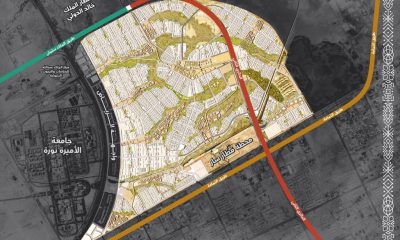
 عقارات4 سنوات ago
عقارات4 سنوات ago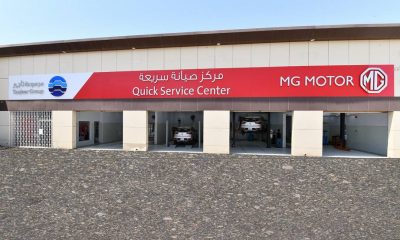
 سيارات4 سنوات ago
سيارات4 سنوات ago
 فن4 سنوات ago
فن4 سنوات ago
 مطاعم4 سنوات ago
مطاعم4 سنوات ago
 منوعاتسنة واحدة ago
منوعاتسنة واحدة ago
 عطوراتسنتين ago
عطوراتسنتين ago
 عطورات3 سنوات ago
عطورات3 سنوات ago





